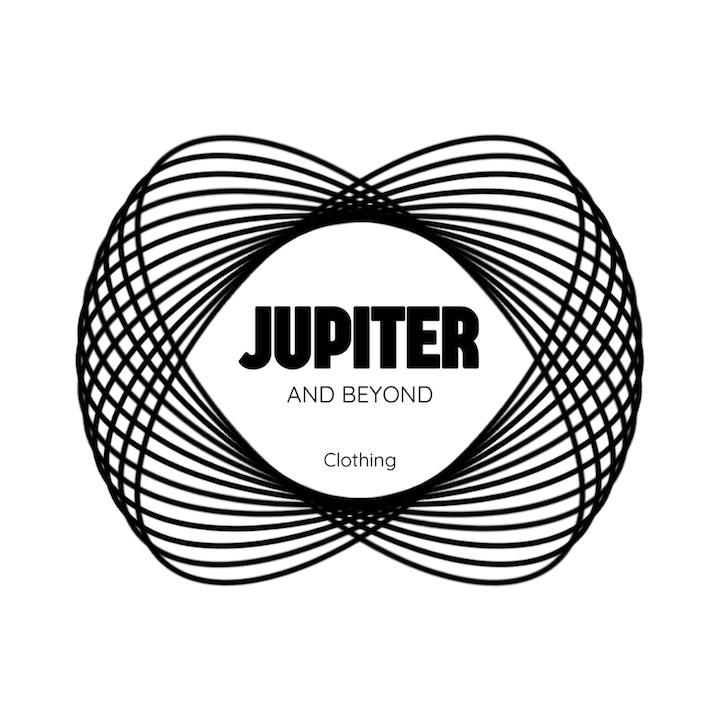The Tree of Life (Etz Chaim) stands as one of the most profound and comprehensive symbols in mystical Judaism, representing nothing less than the structure of creation itself. This ancient diagram maps the relationship between infinite divine reality and finite material existence, serving as both a cosmological model and a guide for spiritual development.
Historical Origins and Development
The concept of the Tree of Life emerges from the earliest Kabbalistic texts, though its familiar diagrammatic form evolved over centuries of mystical exploration and insight. While the basic ideas appear in the Sefer Yetzirah (Book of Formation), dating back to the 2nd century CE, the full development of the Tree as we know it today crystallized in medieval Spain, particularly through the publication of the Zohar in the 13th century.
The great Kabbalist Moses Cordovero (1522-1570) wrote extensively about the Tree, stating: “The Sefirot are like channels through which the light of Ein Sof flows, each one according to its measure and character, like water flowing through pipes of different sizes and shapes.” This metaphor helps us understand how the Tree serves as a structure through which divine energy manifests in creation.
Structure and Symbolism
The Tree of Life consists of ten Sefirot (divine emanations) connected by twenty-two paths, corresponding to the twenty-two letters of the Hebrew alphabet. These elements create a complex map of reality’s spiritual structure, from the highest divine realms to the material world.

The Ten Sefirot
At the heart of the Tree lie the ten Sefirot, representing different aspects of divine manifestation:
Keter (Crown): The first emanation, representing divine will and the point where creation emerges from Ein Sof (the infinite). As the Zohar states: “Keter is the source from which all blessings flow, the head from which all thoughts emerge.”
Chokhmah (Wisdom): Pure divine inspiration and the father principle. The Bahir teaches: “Wisdom is the beginning of all things, and from it thirty-two paths emerge.”
Binah (Understanding): Divine comprehension and the mother principle, giving form to the potential of Chokhmah. According to the Zohar: “Binah is the great sea, where all waters gather and from which they flow.”
Chesed (Kindness): Unlimited loving-kindness and expansion. Rabbi Isaac Luria taught: “Chesed represents God’s unlimited desire to give and create.”
Gevurah (Strength): Divine judgment and limitation. As one Kabbalistic text states: “Without Gevurah’s containment, Chesed’s love would overwhelm and destroy creation.”
Tiferet (Beauty): Harmony and balance between Chesed and Gevurah. The Zohar describes it as “the heart of the Tree, balancing all forces above and below.”
Netzach (Victory): Endurance and natural forces. This represents the eternal nature of divine truth.
Hod (Splendor): Surrender and form, representing divine glory reflected in creation.
Yesod (Foundation): The connecting principle, channeling all higher forces toward manifestation. As taught: “Yesod is the righteous one who sustains all worlds.”
Malkhut (Kingdom): The final manifestation in physical reality, representing divine presence in the material world.
The Paths of Connection
The twenty-two paths connecting the Sefirot represent channels through which divine energy flows and transforms. Each path corresponds to a Hebrew letter and represents a particular type of spiritual work or transformation. As stated in Sefer Yetzirah:
Twenty-two foundation letters: He engraved them, He carved them, He permuted them, He weighed them, He transformed them, and with them He depicted all that was formed and all that would be formed.
Levels of Reality
The Tree can be understood as describing four worlds or levels of reality:
- Atzilut (Emanation): The highest realm, corresponding to pure divinity
- Beriah (Creation): The world of the divine throne and highest spiritual entities
- Yetzirah (Formation): The angelic realm and pattern formation
- Asiyah (Action): The physical world and its spiritual counterpart

Practical Applications
The Tree of Life serves multiple practical purposes in Kabbalistic practice:
Meditation and Contemplation
The Tree provides a structure for systematic meditation practice. Practitioners might:
- Focus on individual Sefirot to understand and embody their qualities
- Trace paths between Sefirot to experience transformative processes
- Contemplate the whole structure to grasp divine unity
Understanding Personal Growth
The Tree maps stages of spiritual development and psychological transformation. As one contemporary Kabbalist notes: “Each Sefirah represents both a divine attribute and a potential within human consciousness.”
Ritual and Prayer
Traditional Jewish prayer and practice often incorporate Tree of Life symbolism and structure. The different blessings and prayers correspond to different Sefirot and paths.
Modern Interpretations and Applications
Contemporary scholars and practitioners have found new applications for Tree of Life wisdom:
Psychological Framework
Modern psychological interpretations see the Tree as a map of consciousness and personal development. Each Sefirah represents different aspects of psyche and personality.
Creative Process
Artists and creators use the Tree as a model for understanding the creative process, from initial inspiration through manifestation.
Systems Thinking
The Tree’s integrated structure provides insights for understanding complex systems and relationships in various fields.
Understanding Personal Journey
The Tree of Life serves as a map for personal spiritual development. As one progresses in understanding and practice, different aspects of the Tree become relevant:
Beginning Stage
Initial focus often centers on:
- Understanding basic structure and relationships
- Connecting with divine attributes
- Basic meditation practices
Intermediate Work
Deeper engagement involves:
- Working with specific paths and transformations
- Understanding psychological correlations
- Developing practical applications
Advanced Practice
Mature practitioners might explore:
- Complex meditative techniques
- Integration of all levels
- Teaching and transmission
Conclusion
The Tree of Life represents one of humanity’s most sophisticated attempts to map the relationship between divine reality and human experience. Its complex structure provides both a cosmological model and a practical guide for spiritual development.
While traditionally part of Jewish mystical practice, the Tree’s insights into the nature of reality and consciousness continue to offer value to contemporary seekers. Whether approached through traditional religious practice, psychological exploration, or modern applications, the Tree of Life remains a powerful tool for understanding the structure of reality and our place within it.

